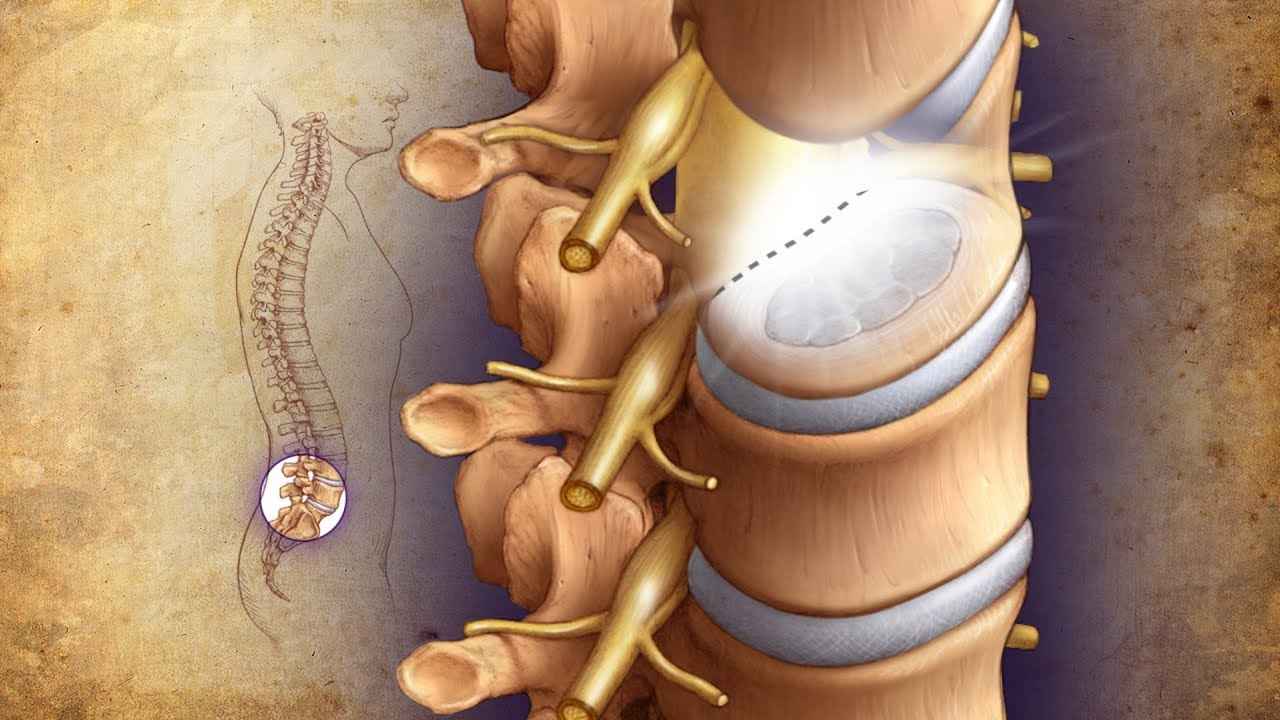Overview
Kyphoplasty is a targeted procedure used to treat vertebral compression fractures, a common result of conditions such as osteoporosis or traumatic injury. This procedure involves the insertion of a small balloon into the fractured vertebra, which is inflated to restore vertebral height, followed by the injection of bone cement to stabilize the spine.







